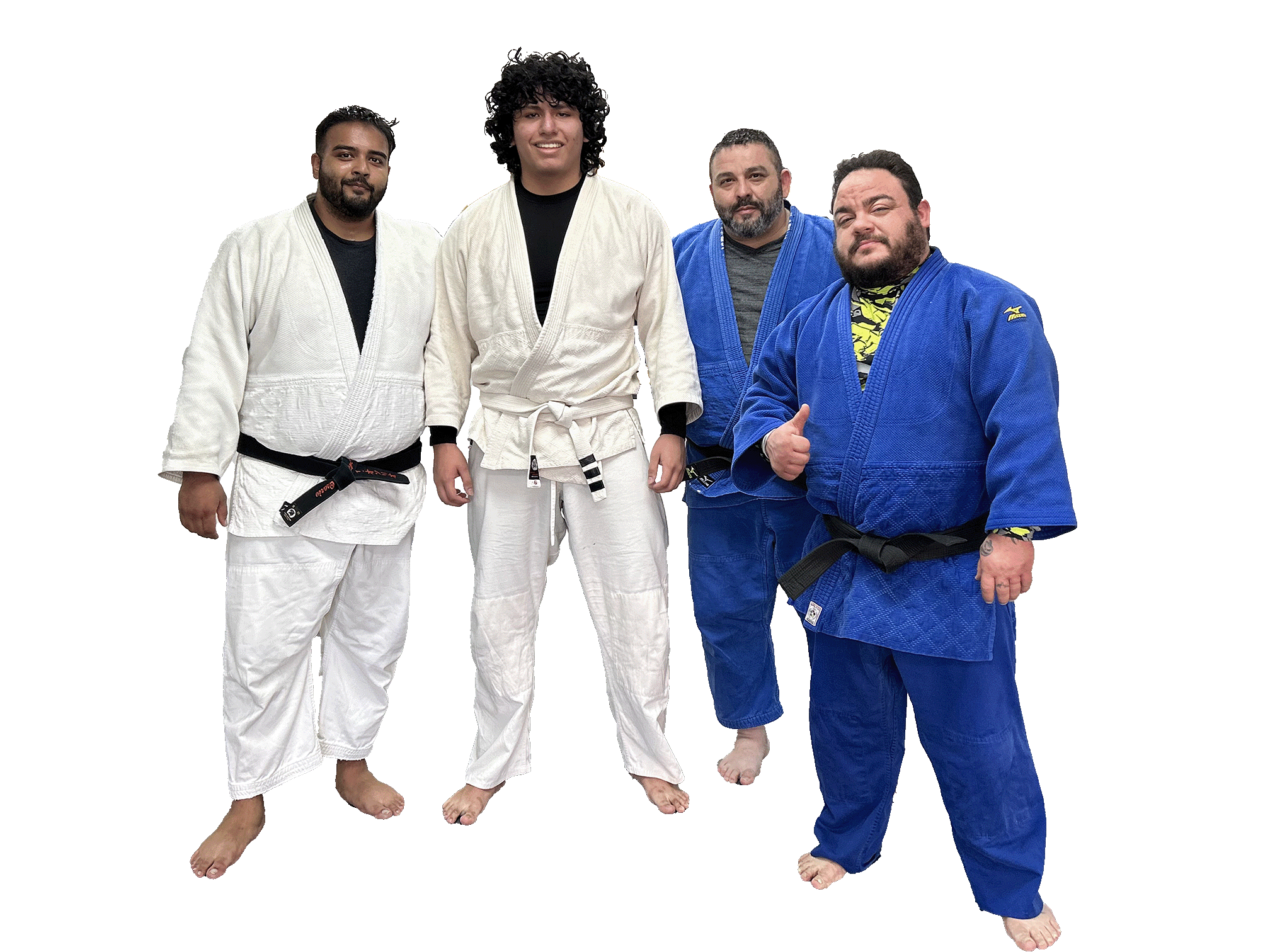Jiu-Jitsu and wrestling have both similarities and differences. On one hand, both martial art forms require you to fight on the ground. And on the other, they're both easy to adapt to. But what are the differences between the two? Today, we will be looking at how these two martial art forms contrast each other.
Jiu-Jitsu vs. Martial Arts:
In Jiu-Jitsu, the scoring order is based on:
- Taking your opponent to the mat.
- Passing through the guard.
- Blocking or mounting your opponent.
- Submitting your opponent.
However, in wrestling, your scoring order is based on:
- Placing your opponent on the mat to establish control
- Fixing the opponent while controlling the opponent from the highest position.
The wrestling scoring order is one of two points. If the wrestler does not seem to turn his opponent, the referee blows the whistle, and the wrestler returns to neutral.
Wrestlers are given points by pushing their opponents off the mat, knocking them down, or revealing their backs from a neutral position. Jiu-Jitsu participants are given points based on their actions. The end goal is to get their opponents into submission. Fighting from behind is acceptable and makes it easier to defend the submission if you're facing an opponent. Unlike Jiu-Jitsu, submissions are illegal and aren't valued in wrestling.
Another similarity that Jiu-Jitsu and wrestling share is that they involve combat on the ground. They strive to knock down and control/surrender their enemies. However, the goal in wrestling is to crush the opponent to the ground and control it with strength and skill.
In Jiu-Jitsu, the goal is to utilize the strength of the opponent. A participant can do this through various techniques like angles, levers, and opponent fatigue.
The goal is to make the opponent surrender or hold a higher score until the battle ends.
In wrestling, you have three rounds to win. But in Jiu-Jitsu, you only get one round. Wrestling's technique is to have complete control over your opponent and win pins. In Jiu-Jitsu, however, the goal is to surrender your opponent or earn points while submitting.
Pros vs. Cons:
Jiu-Jitsu Pros:
- Effective for self-defense: Jiu-Jitsu prepares you to control and suppress opponents at any given moment.
- For all walks of life: You can practice with anyone, regardless of their strength level or experience.
- Can learn anywhere: Because Jiu-Jitsu is becoming popular, you can learn anywhere across the world.
- Easy for beginners: No experience is required to understand this martial arts form.
Jiu-Jitsu Cons:
- Guards are always an easy option to go with. But, they aren't as tiring as takedowns, so some practitioners neglect standing games.
- People with fake black belts are constantly trying to make money with Jiu-Jitsu. It's recommended to check your instructor's credentials before officially joining.
- Jiu-Jitsu lessons don't always teach attack techniques. No slams or strikes of any kind are allowed. So nine times out of ten, you won't learn punches and kicks.
- The level of this sport will increase daily. In turn, it'll be hard to master. To perfect techniques, they must practice every day.
Wrestling Pros:
- You'll get a good workout: Wrestling will enhance your anticipation.
- Great for self-defense: Wrestling requires you to have control, and that's what you need in self-defense.
- Improves cardiovascular health: You're upping your aerobic exercise when you're wrestling.
- Wrestling helps you master it while standing.
- Wrestling is the toughest martial art to master. When you overcome this, you can overcome anything.
Wrestling Cons:
- There aren't many facilities you can practice wrestling.
- Wrestling isn't considered a "hobby," unlike Jiu-Jitsu.
- Wrestling gives you insufficient submissions. You may not have all the tools you need to finish a move.
- In wrestling, slamming is one of the more dangerous factors. It isn't taught in class, though.

